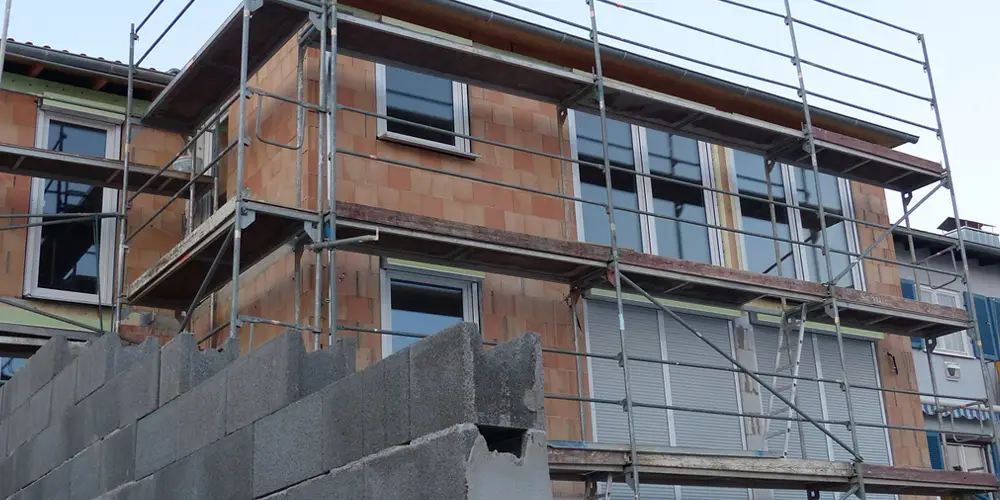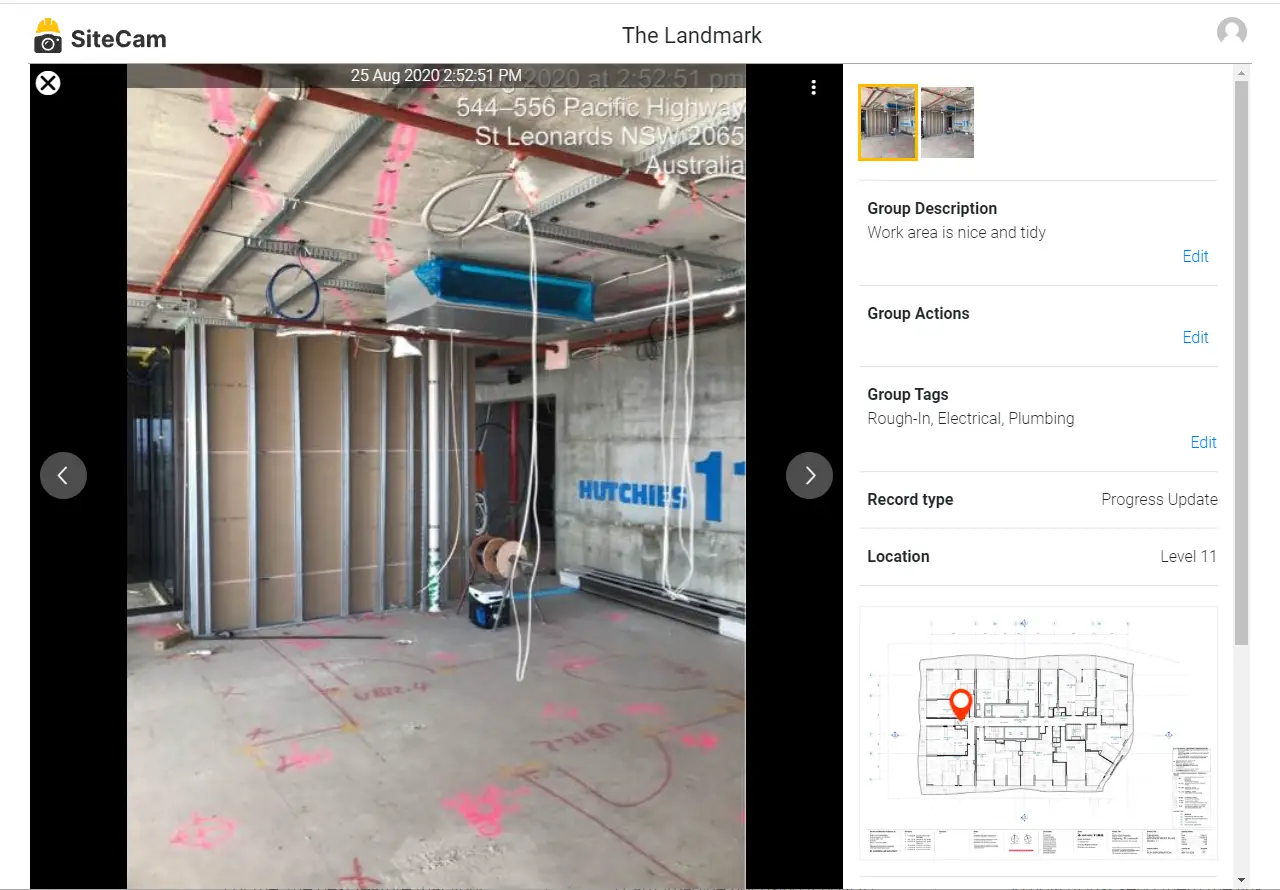What is a Dilapidation Report?

A dilapidation report is an essential document that acts as a detailed “before and after” snapshot of your construction project. It is used by builders, property owners, demolition and excavation companies, to help mitigate risks and resolve disputes. The surveyor not only inspects the property but also takes into account the surrounding environment to provide a comprehensive assessment.
Table of Contents
Why You Need a Dilapidation Report
Before Construction:
- Risk & Liability: Acquiring a dilapidation report prior to starting construction helps to identify existing defects, reducing the potential for disputes later on.
- Effective Planning: Armed with a detailed report, construction teams can develop more accurate and efficient project plans.
After Construction:
- Damage Control: A post-construction dilapidation report documents any new defects, providing a reference point for any required remediations.
- Protecting Asset Value: For those invested in property, ensuring that the asset retains its value is crucial. A post-construction dilapidation report assists in safeguarding that value.
Who Should Prepare a Dilapidation Report?
A dilapidation report should be conducted by a qualified quantity surveyor or a specialized dilapidation surveyor. In some jurisdictions, local government regulations may mandate the submission of a dilapidation report before commencing certain types of construction work.
What to Look Out For During a Dilapidation Survey
Some key things to look out for during a dilapidation survey include:
- Wall and Surface Cracks: Both internal and external, these are often signs of foundational issues. Cracks in the exterior brickwork can be a red flag for structural problems.
- Road Surfaces and Footpaths: Check for cracks or issues on road surfaces and footpaths.
- Structural Stresses: Identifying areas where stress could result in future damage.
- Water Damage: Evaluates areas in floors, walls, ceilings, and cornices prone to water seepage.
- Ground Stability Indicators: Evidence of ground shifting or settling is crucial, as it can impact the
structural integrity. - Gutter, Roofs, and Downpipes: Examines the state of these elements, crucial for proper water drainage.
What Should Be Included in a Dilapidation Report?
A dilapidation report is a thorough document that goes beyond a mere checklist.
- Front Page: Include the project title, project location, when the survey was conducted, and the names of involved parties. Make sure to leave space for required sign-offs to validate the report.
- General Summary: Provide a snapshot of the report’s scope. Outline the areas inspected and any crucial findings that need immediate attention.
- Site Layout: Include a detailed plan or map that marks out the areas inspected, and potentially, the areas that require more focus or are deemed to be at higher risk.
- Photographic Evidence: Visual documentation is key in any construction project report. Where possible, log where each photo was taken on site so it’s easy to refer back to later.
- Pre-Existing Defects: Document any defects or issues that were present before any construction activity began. This helps in clearly identifying what damage, if any, occurred due to construction work.
How Many Photos Should Be Taken?
The number of photos to take during a dilapidation survey is not set in stone. It’s dictated by the size and complexity of your construction project. For a smaller site, a couple dozen detailed shots may be enough. In contrast, larger and more sensitive projects could demand hundreds or even thousands of images. The aim is to capture a well-rounded, comprehensive visual record of the property’s condition before construction begins. These photos serve as a factual foundation for identifying any changes or damages that might occur during the construction process.
Best Way to Manage Dilapidation Photos
Looking for the best way to capture and manage dilapidation photos? Try SiteCam for free and see how it can streamline your surveying process. SiteCam automatically backs up. timestamps and geolocates every photo onto a map. You can also add tags, notes and even mark the exact spot where each photo was taken on a plan! Sign Up here.

Related Articles
- Improving Photo Documentation for UK’s Building Safety Act 2022
- Practical Guide to LiDAR for Construction
- How to Create Construction Progress Reports
- Architect’s Guide to Site Visits and Observations
- Construction Site Inspections – A Complete Guide
- 10 tips for taking better site photos
- The Importance of Photo Documentation in Construction
- What is rough-in stage in construction?
- How to be a great building cadet